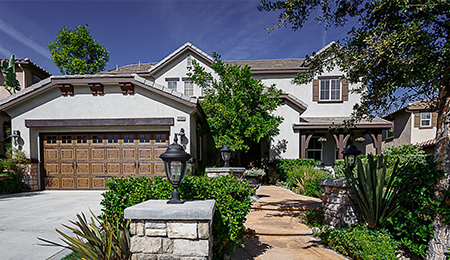Recent events have caused many people to reach out and ask, “Is COVID-19 causing a housing crisis?” The quick answer is no. Many of us have experienced financial hardships and losses during previous recessions, but understand that the crisis we’re dealing with today is related to health, unlike the financial crisis of 2007 and 2008. There are five reasons why this isn’t a housing crisis:
1. Appreciation. There’s a big difference between the six-year period that led up to the housing crisis of 2008 and the six years leading up to our current situation. Last time, there was a much higher rate of appreciation than we’re seeing today—the highest level of appreciation in the last six years isn’t even as high as the lowest appreciation rate before the ‘08 crisis. Prices have been rising a lot lately but not nearly at the rate they were before when we had runaway appreciation, which led to many problems.
2. Mortgage credit. The mortgage credit availability index released by the Mortgage Bankers Association gauges the level of difficulty to secure a loan. Before the last crisis, the index peaked at 868.7, when in the six years before our current situation, it peaked at 152.1. The higher the number, the easier it is to get a loan, meaning that it was much, much easier to get a loan during the housing bubble, which led to the crash. The guidelines put in place to rectify the bubble have stuck around, meaning that we’re not about to crash because of numerous subprime loans.
3. The number of homes for sale. We’re still experiencing a shortage of inventory. In Santa Clarita, we have 343 available homes on the market, and the properties range from manufactured homes to multi-million dollar custom homes. The lack of supply is making it difficult for prices to go anywhere if there isn’t any competition.
4. Use of home equity. We also need to compare how people were accessing their equity during the last crisis and how they’re doing so today. Back then, many were taking cash-out refinances on their home to finance their lifestyles. Today, however, banks have tightened guidelines and people are more cautious about how they’re using their equity.
5. The amount of equity. Today, close to 54.3% of homes across the country have at least 50% equity, and many people own their homes free and clear. That means that people today are less likely to walk away from their homes. Last time, many people got into bad loans and had no incentive to stick it out so they walked away.
The bottom line is that the COVID-19 crisis is creating different challenges for our nation compared to the housing crisis of 2008. It’s still a crisis, but we just wanted to make sure that you had the proper perspective on how to look at the current state of our market.
If you have any questions about your home or options regarding buying, selling, or refinancing, feel free to reach out to us.



